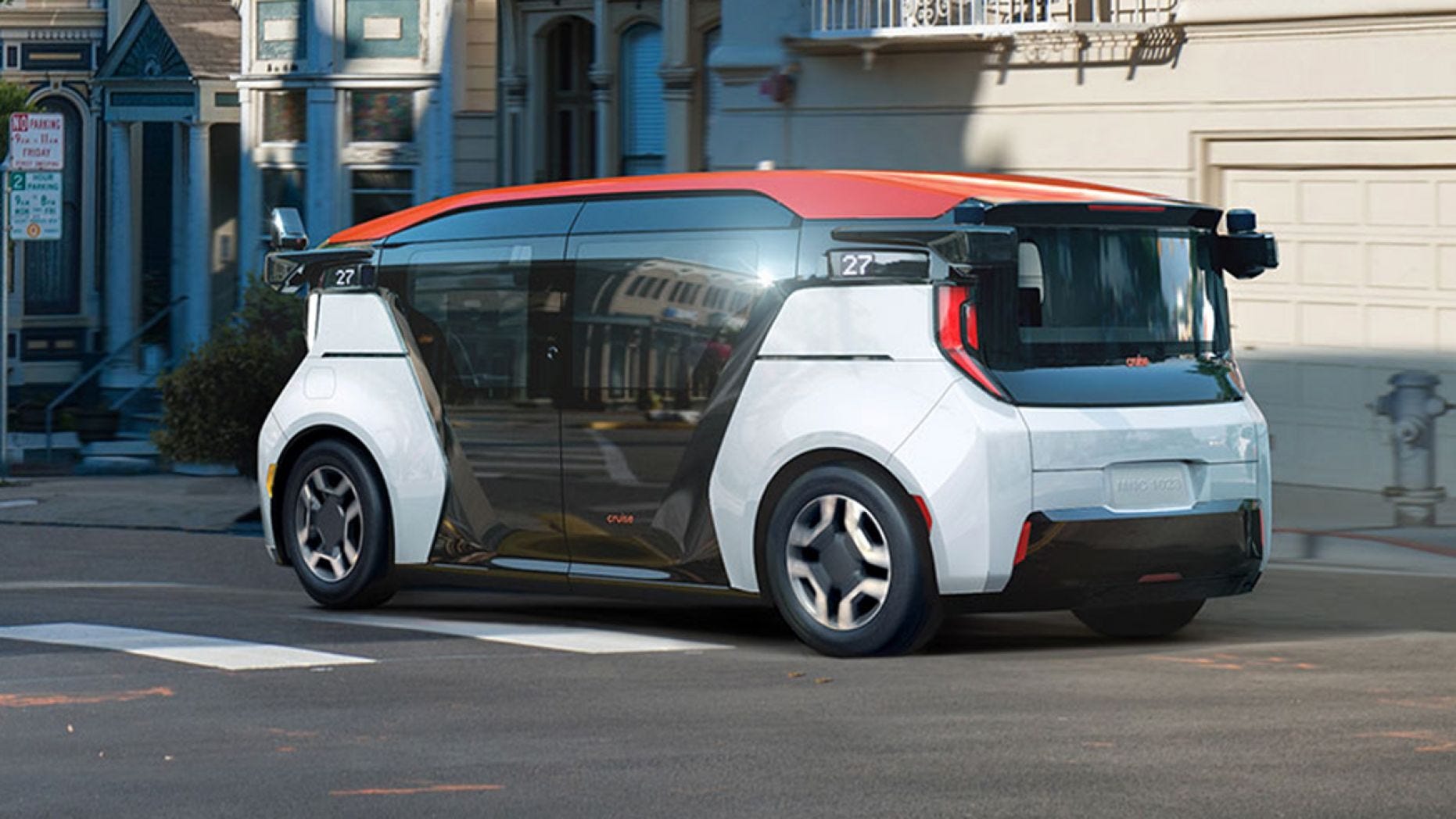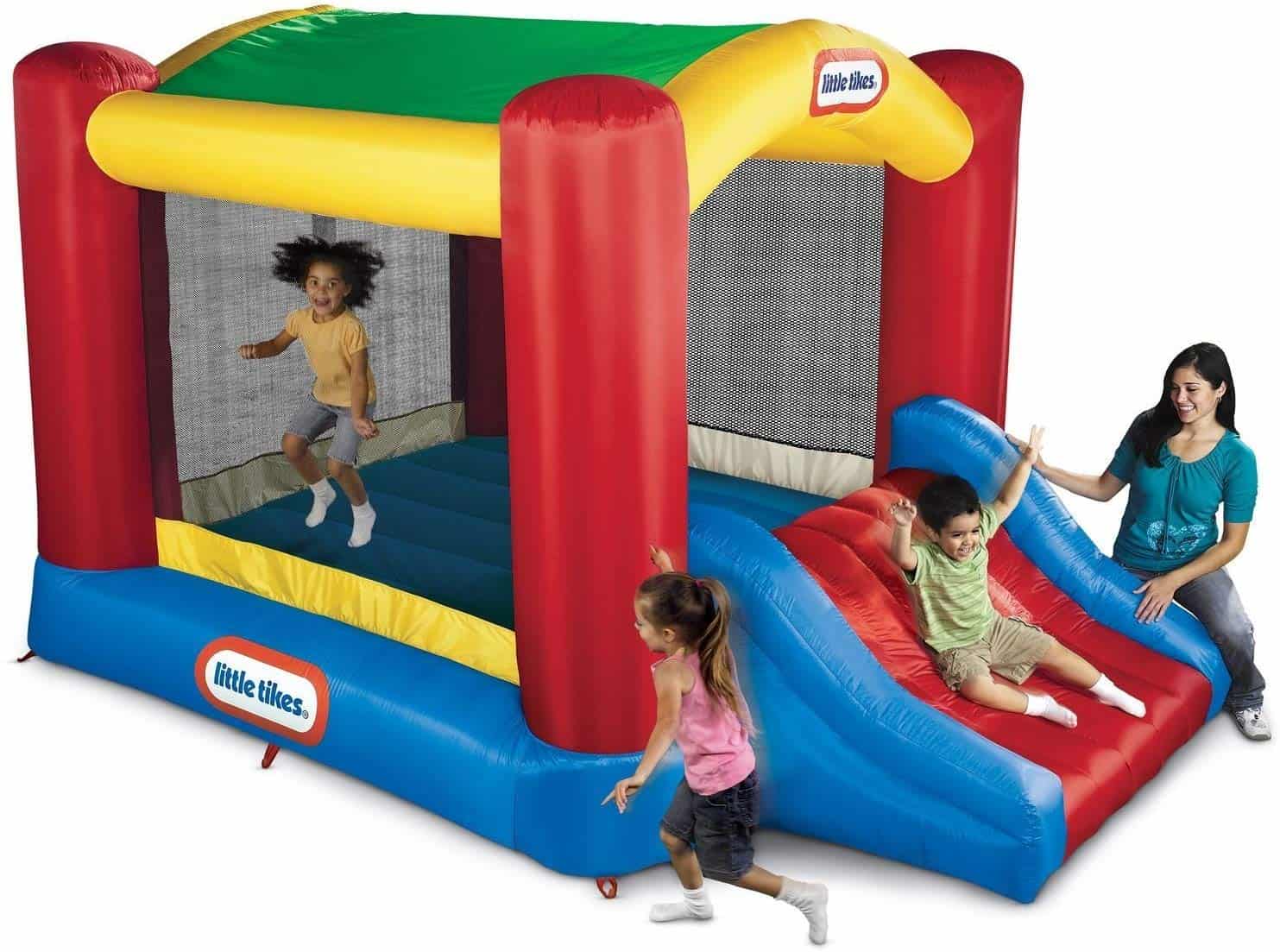Table Of Content

The pedestrian was pinned under one of the Cruise vehicle’s tires and was critically injured. Cruise has a strong history in Phoenix and it is home to a large number of Cruise employees. It’s a city that supports AV and transportation innovation, and Phoenix leaders strive to ensure the metro area is an incubator for advanced technology.
Safety
On't bother to look for the steering wheel or pedals in the new autonomous shuttle vehicle unveiled by Cruise, the startup owned by General Motors. Founded in 2013, Cruise makes self-driving cars that have the potential to save millions of lives, reshape our cities, give people more spare time, and restore freedom of movement for many. NHTSA opened an investigation on 16 October into four reports that Cruise vehicles may not exercise proper caution around pedestrians. The complaints involved vehicles operating autonomously and “encroaching on pedestrians present in or entering roadways, including pedestrian crosswalks in the proximity of the intended travel path of the vehicles”, the agency said. In the crash, another vehicle with a person behind the wheel struck a pedestrian, sending the person into the path of a Cruise autonomous vehicle. But it then pulled to the right to get out of traffic, pulling the person about 20ft (six meters) forward.
Electric Vehicle Insight: The EV race to build the RoboTaxi
Most of the autonomous cars on the road today have drivers who can take control in an emergency, and the Cruise Origin may be the first to hit the roads without that capability. In documents filed with NHTSA, Cruise said its automated driving system was designed in some cases to pull over and out of traffic to minimize safety risks and disruption after a crash, with the response dependent on the characteristics of the crash. But in certain circumstances such as a pedestrian positioned on the ground in the vehicle’s path, pulling over is not the desired response. The company said in documents posted by US safety regulators on Wednesday that with the updated software, Cruise vehicles will remain stationary should a similar incident occur in the future.

The Origin is the GM subsidiary’s first attempt to build an fully autonomous car from the ground up
"I suspect that GM Cruise is under pressure to show something and because the technology is nowhere near commercialization, a show car is what we got," he said. Analyst Richard Windsor said on his Radio Free Mobile blog that the Cruise Origin announcement offered "no details of its range, launch date or even cost were given, leaving observers with more questions than answers." The Detroit automaker had been expecting annual revenue of $1bn from Cruise by 2025 – a big jump from the $106m in revenue last year.
Cruise resumes manual driving as next step in return to driverless mission
And they say Cruise isn’t doing enough to keep them safe during these public health crises. Cruise was the fifth company to receive a driverless permit from the state’s Department of Motor Vehicles, the others being Waymo, Nuro, Zoox, and AutoX. Currently, 60 companies have an active permit to test autonomous vehicles with a safety driver in California. While the department of motor vehicles did not elaborate on specific reasons for its suspension of Cruise’s license, the agency accused Cruise of misrepresenting safety information about the autonomous technology in its vehicles. The revocation followed a series of incidents that heightened concerns about the hazards and inconveniences caused by Cruise’s robotaxis. Cruise says in documents posted by the US National Highway Traffic Safety Administration that it already has updated software in test vehicles that are being supervised by human safety drivers.
Suspension of operations
Cruise, a majority-owned subsidiary of General Motors, will acquire self-driving startup Voyage in another major autonomous vehicle merger. The announcement came less than a week after news first surfaced that the two companies were in talks about an acquisition. Jacobson declined to disclose whether GM could bring Cruise into the automaker, which has its own autonomous vehicle unit and recently appointed Anantha Kancherla from Meta Platforms to the newly created position of vice president of advanced driver-assistance systems. Windsor said he does not expect any major deployment of autonomous vehicles before 2028.
Self-driving Cruise vehicle accused of nearly hitting kids in two separate close calls one day apart - NBC News
Self-driving Cruise vehicle accused of nearly hitting kids in two separate close calls one day apart.
Posted: Wed, 14 Feb 2024 08:00:00 GMT [source]
Dense, urban testing meets low-speed retirement community testing
The D.M.V. said the company had “misrepresented” its technology and told Cruise to shut down its driverless car operations in the state. On Oct. 2, a car hit a woman in a San Francisco intersection and flung her into the path of one of Cruise’s driverless taxis. The Cruise car ran over her, briefly stopped and then dragged her some 20 feet before pulling to the curb, causing severe injuries. Cruise cars consider multiple paths per second, constantly choosing the best ones for unexpected events and changes in road conditions.
GM’s Cruise robotaxis are back in Phoenix — but people are driving them
GM's Cruise faces long road back to city streets in wake of safety review - Reuters
GM's Cruise faces long road back to city streets in wake of safety review.
Posted: Wed, 31 Jan 2024 08:00:00 GMT [source]
According to the DMV, Cruise can only test five driverless vehicles “on specified streets within San Francisco.” The vehicles are not allowed to exceed 30 mph, and can’t operate during heavy fog or heavy rain. Tesla CEO Elon Musk previously promised to commercialize autonomous vehicles, including 1 million robotaxis by now. Cruise's test fleet is composed of hundreds of custom Chevrolet Bolt EVs equipped with driverless technology. That fleet, which it plans to launch operations with, will continue to expand until a purpose-built autonomous vehicle called the Origin is expected to be produced by GM beginning in early 2023.

On Thursday, Rajat Basu, chief engineer for the Origin program, validated those theories. Test scenarios also include simulating the way other road users react to the AV. Cruise’s system for this is called non-player character (NPC) AI, which is usually a video game term, but in this context, refers to all of the cars and pedestrians in a scene that represent complex multi-agent behaviors. Cruise is relying on simulations not only to prove out its safety case, but also to scale to new cities without having to perform millions of miles of tests in them first. Cruise, with Honda’s help, designed the interior of the vehicle primarily for shared rides. The screens, one on either side, will display an itinerary for picking up and dropping off each passenger, so riders know what to expect.
Its leadership has been gutted, including its cofounders resigning and nine other leaders being ousted. GM is massively cutting spending and growth plans for the business, including pausing production of a new robotaxi. In October 2023, we paused operations of our fleet to focus on rebuilding trust with regulators and the communities we serve, and to redesign our approach to safety. We’ve made significant progress, guided by new company leadership, recommendations from third-party experts, and a focus on a close partnership with the communities in which our vehicles operate. Cruise said its "goal is to resume driverless operations," however it did not provide a timeline for doing so. It also did not announce a timetable for expanding human-driven vehicles to other cities.
The driverless fleet will get the new software before resuming operations, the company says. The company’s main operations were historically based in San Francisco, but Cruise lost its permits to operate there following the accident. Cruise began expanding its paid service area in the Phoenix area in August 2023. Alphabet’s Waymo — Cruise’s main competitor that’s still active in San Francisco — has operated a paid, driverless robotaxi service in the area since 2020 and last year doubled its service area in downtown Phoenix and launched driverless rides to the airport. The vehicle’s lack of traditional human controls means that Cruise needs an exemption from the federal government’s motor vehicle safety standards, which require vehicles to have a steering wheel and pedals.
Next, we’ll validate our AV’s end-to-end performance against our rigorous safety and AV performance requirements through supervised autonomous driving on public roads, in addition to the ongoing simulation and closed course driving we do. During this phase, the Cruise vehicles will drive themselves and a safety driver is present behind the wheel to monitor and take over if needed. The company last week was granted the fifth of six permits needed to commercialize a self-driving ride-hailing fleet in the state. Google's Waymo also was granted a similar permit, but it requires the vehicles to have back-up safety drivers. "In October 2023, we paused operations of our fleet to focus on rebuilding trust with regulators and the communities we serve, and to redesign our approach to safety," Cruise said in a blog post. "We've made significant progress, guided by new company leadership, recommendations from third-party experts, and a focus on a close partnership with the communities in which our vehicles operate. We are committed to this improvement as a continuous effort."
In its first 15 months, Cruise AVs collectively drove one million driverless miles — a distance equivalent to more than 40 laps around the planet. “When we combine a high-fidelity environment with a procedurally generated city, that’s when we unlock the capability to efficiently scale our business to new cities,” said Gandhi. But it’s also attempting to be more pragmatic and attuned to the realities of growing and scaling a real business. Cruise has often been described as a “division” or “unit” of General Motors, but the company prefers “majority owned subsidiary.” (The automaker technically owns two-thirds of Cruise, which it bought in 2016.) However, GM isn’t the only major automaker in Cruise’s corner. In October 2018, Honda announced its plan to invest $2.75 billion in Cruise over 12 years. It’s orange and black and white, and roughly the same size as a crossover SUV, but somehow looks much larger from the outside.

No comments:
Post a Comment